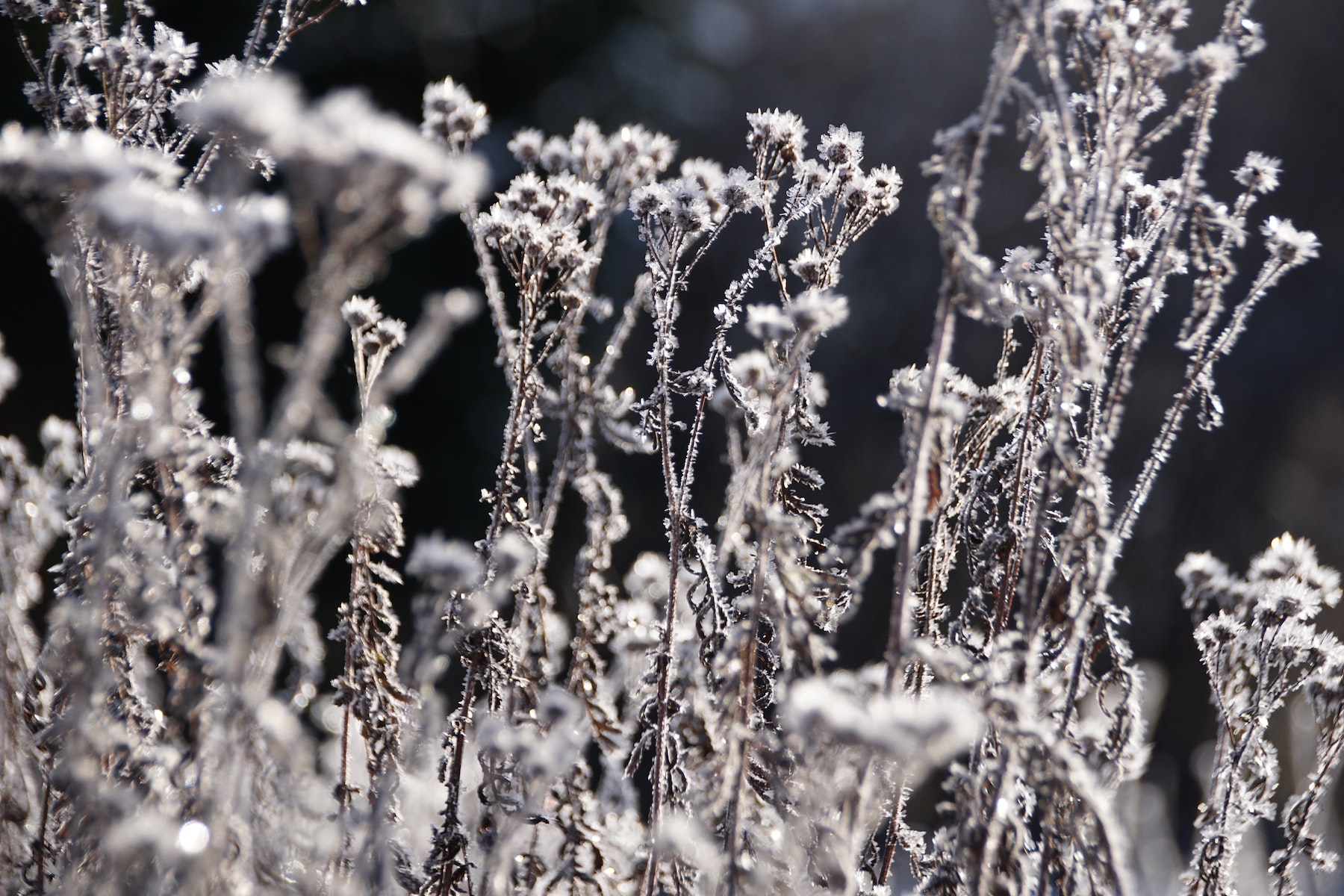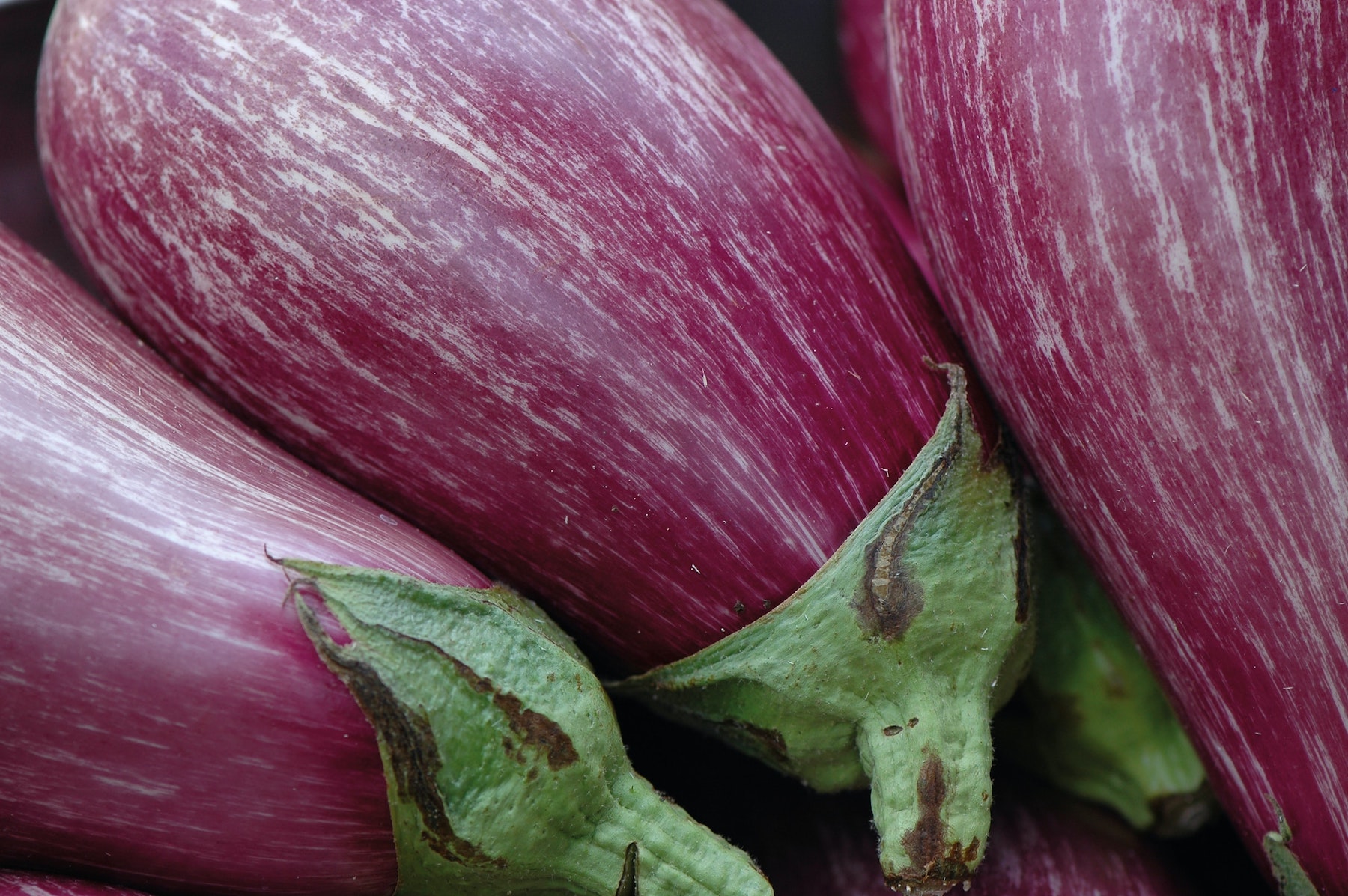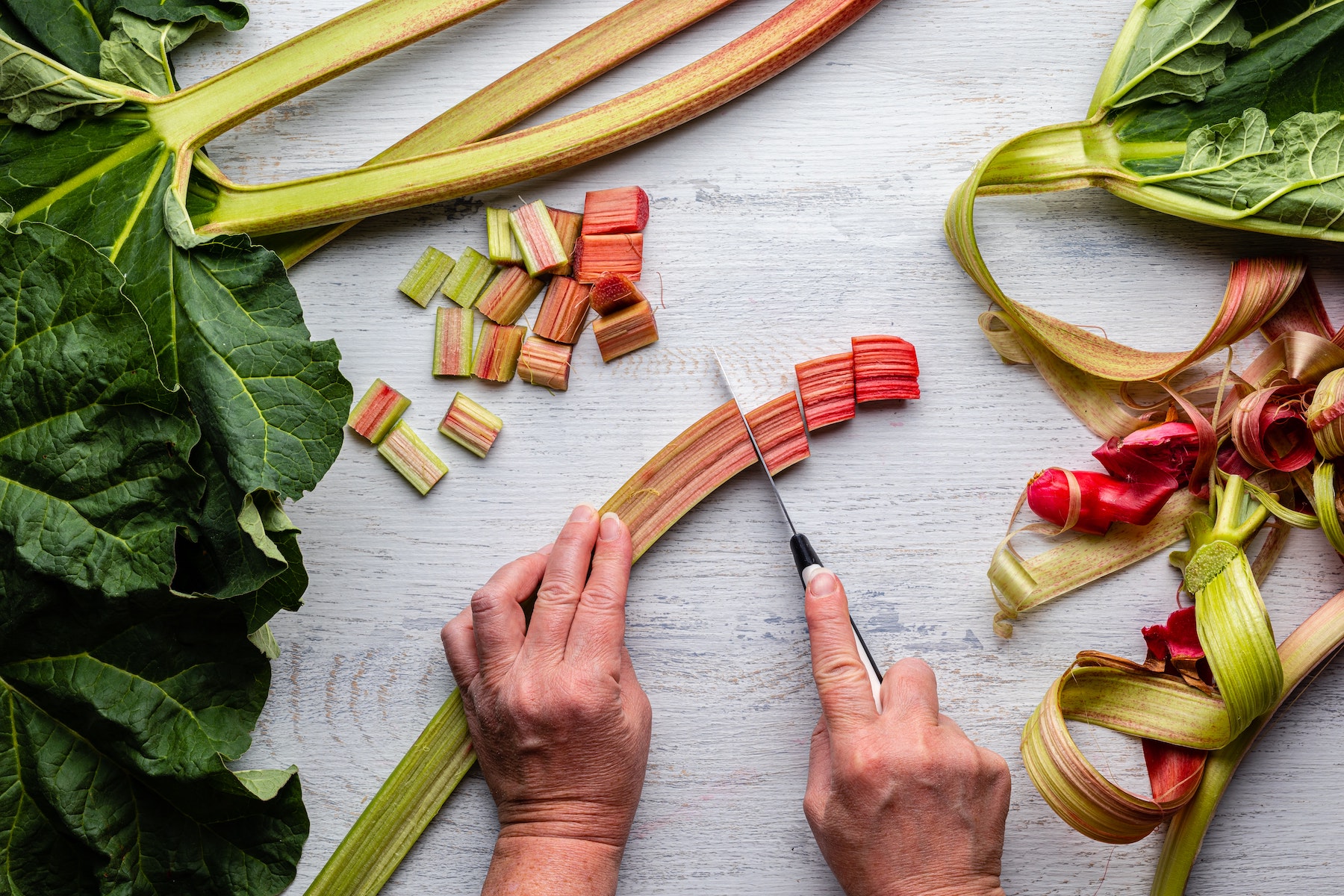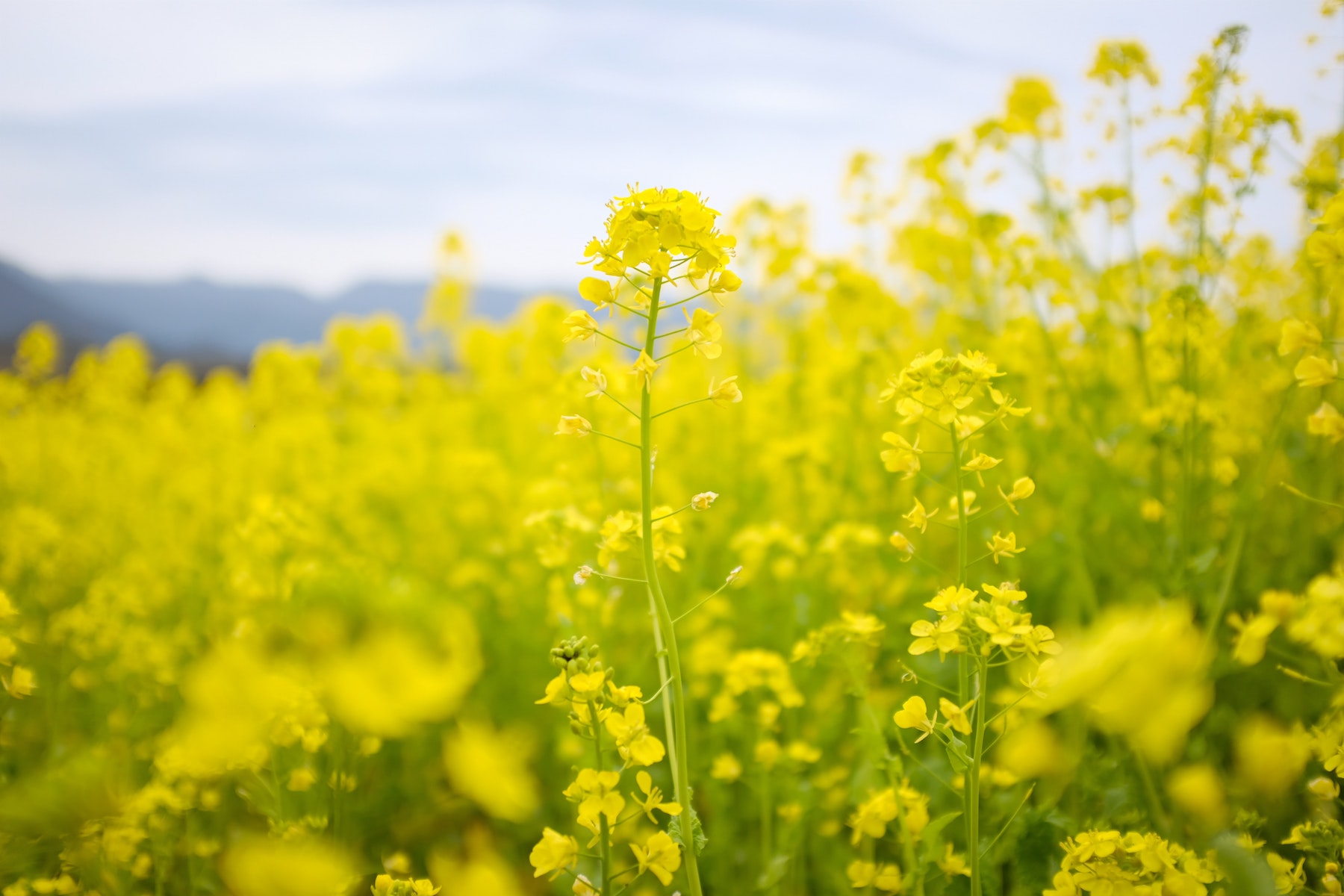What to plant in January
January is a great time to get started on your Spring and Summer garden. You can start seeds indoors and transplant them outside when the weather gets warmer, or you can plant seedlings direct in your garden.

You can also start planting bulbs and perennials that will bloom later in the year. Start hardy greens, herbs and flowers from seed. Pansies, snapdragons, violas and stock can be planted in the flower garden. Basil, dill, cilantro and parsley are easy-to-grow herbs and make great accompaniments to your main vegetable crop.
So what about vegetables? Here's our top-picks for what to plant in January;
Egg plant / Aubergine

Eggplant is a warm weather crop, but you can still plant it in January if you live in a warm-climate region or have a greenhouse. These plants must be planted in a sunny spot and watered regularly. To ensure success with eggplant growing, follow these steps:
-
Buy your seeds or transplants from an established grower rather than buying them at the garden store.
-
Make sure that the soil is well prepared before planting; eggplants need lots of fertilizer to thrive and will not do well if the soil is too clay-like or sandy.
-
Transplanting can be done as early as two weeks after last frost (check with your local extension office for exact dates), making this an ideal option for people who don't have much gardening experience yet but want to get started early on their spring garden planning!
Celery

Celery is a perennial vegetable that can last for years if properly cared for. It’s also one of the easiest plants to grow, and it grows best outdoors during warm months and inside during the winter months. If you have large pots or containers, plant your celery right away as soon as the soil temperature is above 50 degrees Fahrenheit (10°C).
It’s not necessary to start growing from seed; instead, simply poke holes into the soil with your finger and place each seedling so that its roots are covered but its leaves remain exposed (this will help them get enough light).
When planting celery indoors in containers, choose a sunny spot for them—the more sunlight they get, the better!
Watering needs vary depending on how much sunlight they receive: if placed near windows where they receive direct sunlight all day long then water only when half-dry; otherwise soak them once weekly by placing water directly onto their leaves rather than pouring it into drainage holes at base of pot because this can lead to rot issues later on down road when temperatures start rising again (with too much moisture sitting around at bottom) - just make sure your container has drainage holes!
Feeding with compost or manure once every two weeks should help keep growth strong throughout season since nutrients leached out over time during hot summer months mean less available nitrogen during early fall/winter transition period between seasons."
Rhubarb

The first month of the year is the perfect time to start growing rhubarb. As one of the easiest plants to grow, it grows well throughout most of North America and can be planted in a variety of places. Dig a hole that's 15 inches deep and fill with good compost or garden soil.
Plant your rhubarb crowns with their crown up, taking care not to break off any roots during planting. Planting too deep can cause rot, so make sure they're planted just below ground level and covered with soil by about an inch or so (the leaves should be above ground). Tamp down gently when you're done filling in around them.
Mustard

Mustard is a hardy plant that does well in cold weather and will flourish even through the winter months. The leaves are great additions to salads, sandwiches and stir fries. They contain vitamins A, C and K which help to keep your body healthy all year round.
Mustard is also a great cover-crop, high yielding, and creates a thick cover which helps improve the soil structure.
Strawberries

Planting strawberries in January is a great way to get a head start on your growing season. Strawberries can be planted in pots, but you’ll want to give them plenty of room to grow and will need to water them often. They can also be planted from seed or bought as plants.
If planting outdoors, keep covered to avoid damage from birds and other pests (squirrels love a strawberry!). Strawberries are also great for freezing if storage is an issue!
Conclusion
We hope this guide has inspired you to start planning this year's crops, or even just get into gardening! You can plant anything in January, but your crops will do so much better if you plant indoors on in a heated hoop-house. Even then, time until harvest will be much longer versus planting in early Spring but, if you have the room, getting ahead in the early months can really pay dividends later in the year!
Try MarketGardenPro for Free